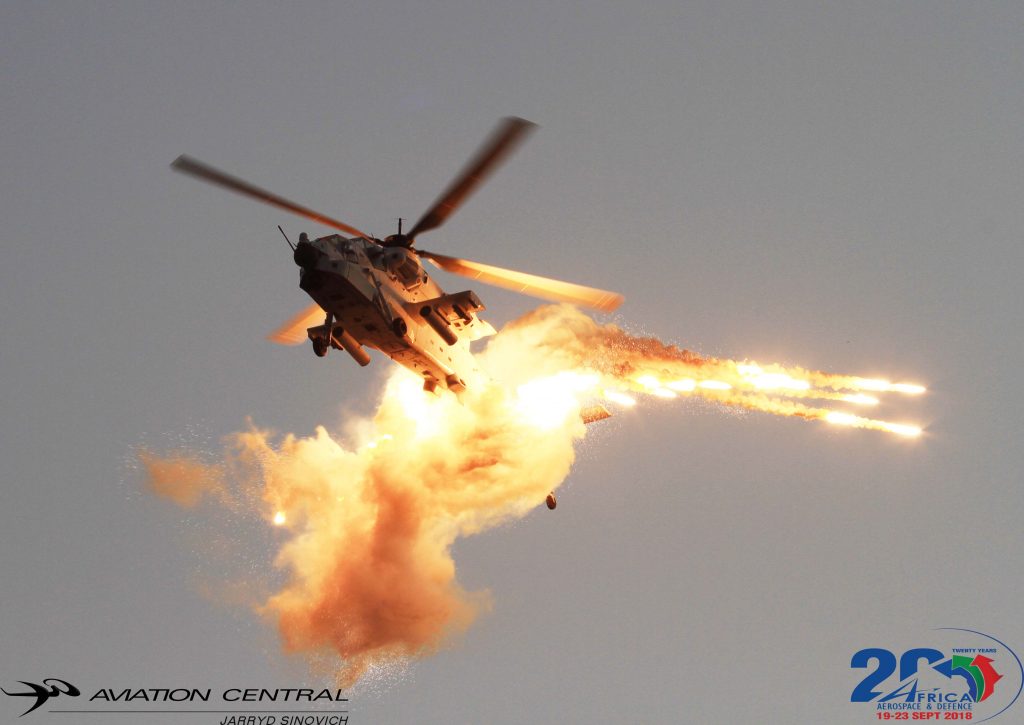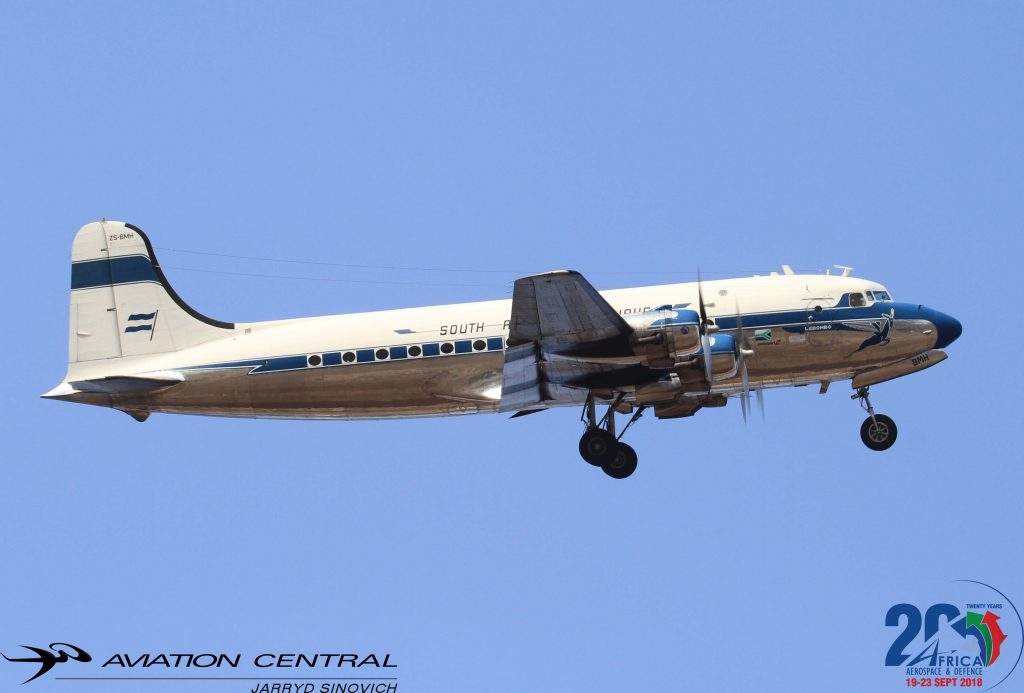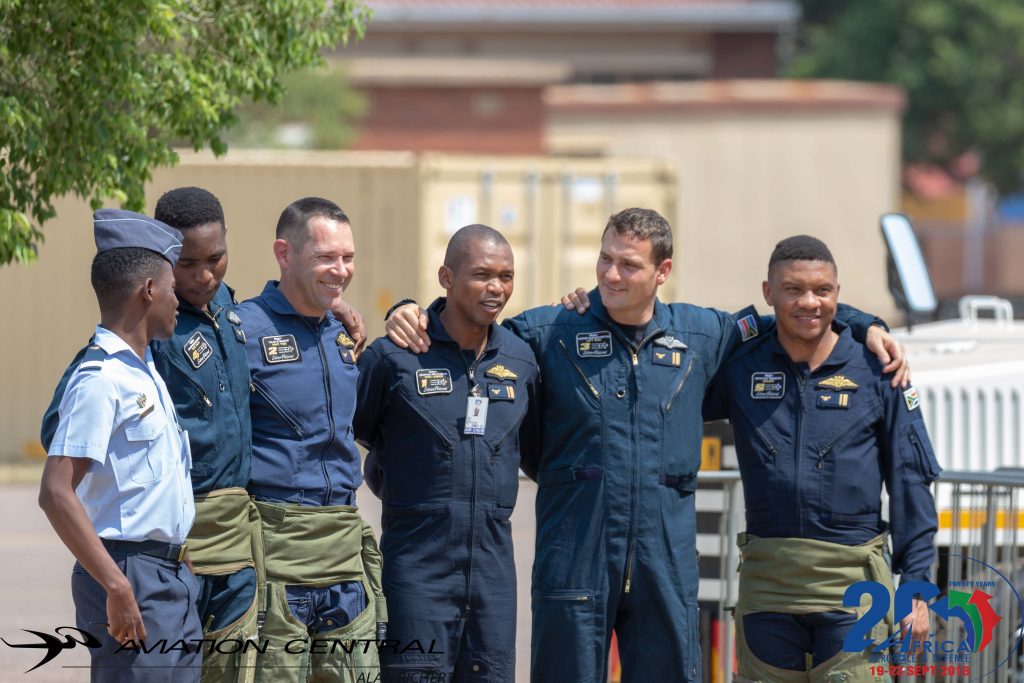Tag Archives: L29 Delphin
L29 ZU-VLL relocates to Tempe Bloemfontein
L29 ZU-VLL has now changed ownership, and will now grace the skies over Tempe Bloemfontein, where th former soviet jet trainer will now reside.We hope to see this particular L29 at airshows more often and hopefully even join in formation with Rand Airport based L29 ZU-AUX and Middelburg based L29 ZU-DNX at a future airshow. South Africa is definitely has the richest aviation heritage on the African continent
We been privileged enough to have seen some of these ex military jet trainers flying in our skies. It seems these sights and sounds are becoming fewer and fewer.


(Picture by Flightdeck Instrument Systems CC)

(Picture by Flightdeck Instrument Systems CC)
The Aero L29 Delfin-The Soviet Trainer(English: Dolphin, NATO reporting name: Maya) is a military jet trainer developed and manufactured by Czechoslovakian aviation manufacturer Aero Vodochody. The jet trainer is a dual seat training aircraft. It is the country’s first locally designed and constructed jet aircraft, as well as likely being the biggest aircraft industrial programme to take place in any of the Council for Mutual Economic Assistance countries except the Soviet Union.


The Aero L29 Delfin-The Soviet Trainer

The Aero L29 Delfin-The Soviet Trainer(English: Dolphin, NATO reporting name: Maya) is a military jet trainer developed and manufactured by Czechoslovakian aviation manufacturer Aero Vodochody.The jet trainer is a dual seat trainingaircraft. It is the country’s first locally designed and constructed jet aircraft, as well as likely being the biggest aircraft industrial programme to take place in any of the Council for Mutual Economic Assistance countries except the Soviet Union.


In response to a sizable requirement for a common jet-propelled trainer to be adopted across the diverse nations of the Eastern Block, Aero decided to embark upon their own design project with a view to suitably satisfying this demand. On 5 April 1959, an initial prototype, designated as the XL-29, performed its maiden flight. The L-29 was selected to become the standard trainer for the air forces of Warsaw Pact nations, for which it was delivered from the 1960s onwards. During the early 1970s, the type was succeeded in the principal trainer role by another Aero-built aircraft, the L-39 Albatros, heavily contributing to a decline in demand for the earlier L-29 and the end of its production during 1974.

During the course of the programme, in excess of 3,000 L-29 Delfin trainers were produced. Of these, around 2,000 were reported to have been delivered to Russia, where it was used as the standard trainer for the Soviet Air Force. Of the others, which included both armed and unarmed models, many aircraft were delivered to the various COMECON countries while others were exported to various overseas nations, including Egypt, Syria, Indonesia, Nigeria and Uganda. Reportedly, the L-29 has been used in active combat during several instances, perhaps the most high-profile being the use of Nigerian aircraft during the Nigerian Civil War of the late 1960s and of Egyptian L-29s against Israeli tanks during the brief Yom Kippur War of 1973.


L29 ZU-AUX based at Rand Airport,JHB

L29 ZU-DNW

L29 ZU-VLL
The Aero L-29 Delfín was a jet-powered trainer aircraft, known for its straightforward and simplistic design and construction. In terms of its basic configuration, it used a mid-wing matched with a T-tail arrangement; the wings were unswept and accommodated air intakes for the engines within the wing roots. The undercarriage was reinforced and capable of withstanding considerable stresses. According to Fredriksen, the L-29 was relatively underpowered, yet exhibited several favourable characteristics in its flight performance, such as its ease of handling. The primary flying controls are manually operated; both the flaps and airbrakes were actuated via hydraulic systems.Current Airforce operators of the L29, National Air Force of Angola – 6 L-29s were in service as of December 2016 and Georgia Army Air Section – 4 L-29s were in service as of December 2016.
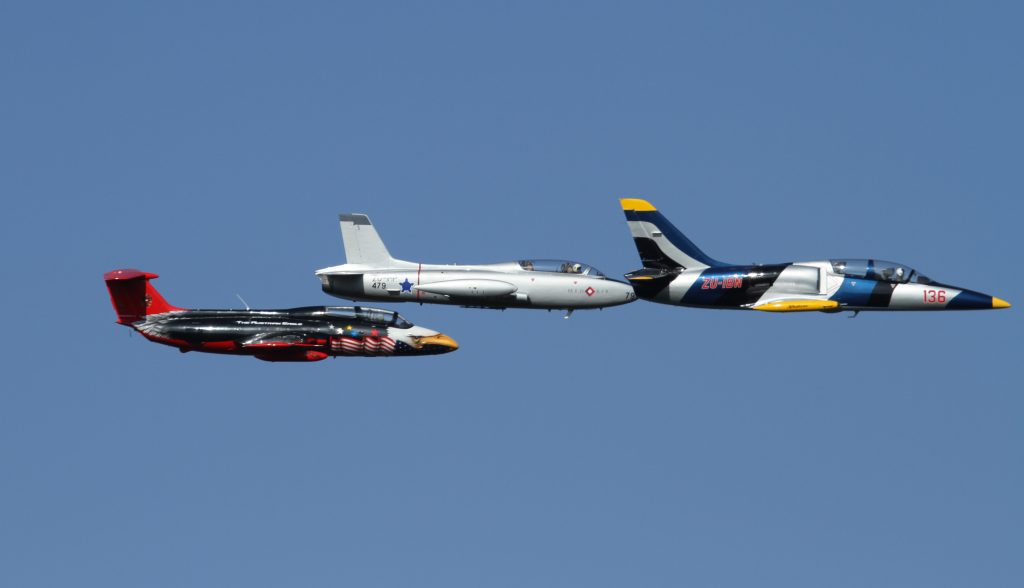
L29,L39 and Atlas Impala MK1.Lowveld Airshow 2016

L39,L29 and Atlas Impala Mk1.Newcastle KZN Airshow 2017
General characteristics
Crew: 2: student and instructor
Length: 10.81 m (35 ft 5½ in)
Wingspan: 10.29 m (33 ft 9 in)
Height: 3.13 m (10 ft 3 in)
Wing area: 19.8 m² (213 ft²)
Empty weight: 2,280 kg (5,027 lb)
Loaded weight: 3,280 kg (7,231 lb)
Max. takeoff weight: 3,540 kg (7,804 lb)
Powerplant: 1 × Motorlet M-701C 500 turbojet, 8.7 kN (1,960 lbf)

L29 Powerplant
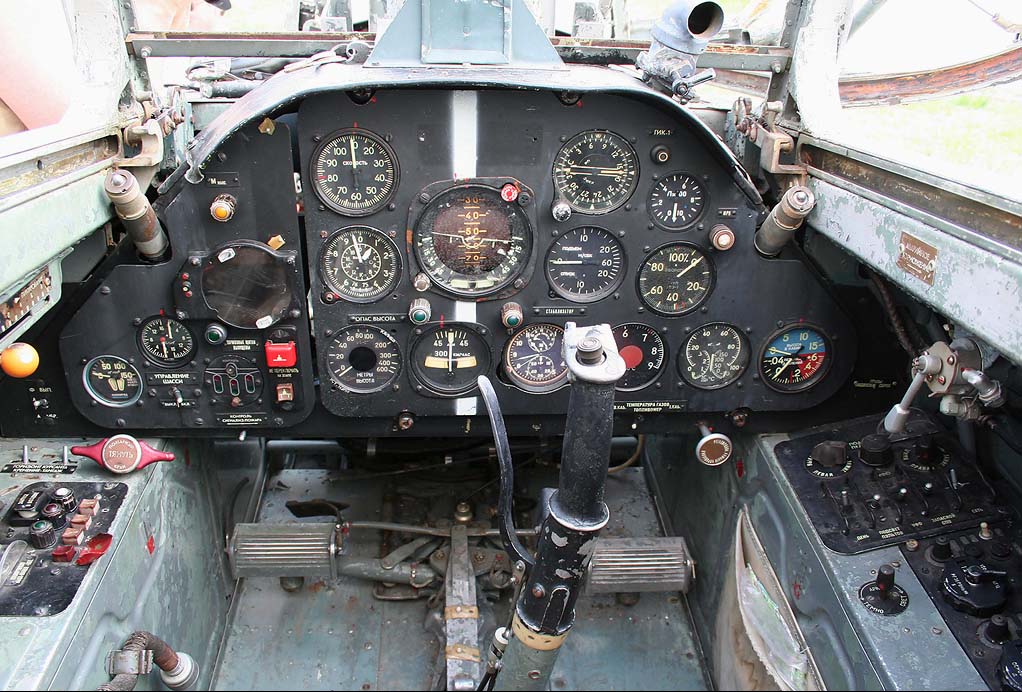
L29 Cockpit

L29 ZU-AUX late 90s.Nelspruit Airfield

L29 ZU-AUX 2003

L29 ZU-AUX June 2018
Performance
Never exceed speed: 820 km/h (442 knots, 510 mph)
Maximum speed: 655 km/h (353 knots, 407 mph) at 5,000 m (16,400 ft)
Stall speed: 130 km/h (71 knots, 81 mph) flaps down
Range: 894 km (480 nmi, 555 mi) with tip tanks
Endurance: 2 hours 30 min
Service ceiling: 11,000 m (36,100 ft)
Rate of climb: 14.0 m/s (2,755 ft/min)

Armament
200 kg (440 lb) of various guns, bombs, rockets, and missiles on external hardpoints

L29 ZU-AUX.Newcastle KZN Airshow 2018
South Africa have 4 airworthy L29s
ZU-VLL-Virginia Airport,Durban
ZU-AUX-Rand Airport,Johannesburg
ZU-KGB-Cape Town International
ZU-DNW-Middelburg Airfield

L29 ZU-KGB

















































































































































































































































































































































































































































































































































